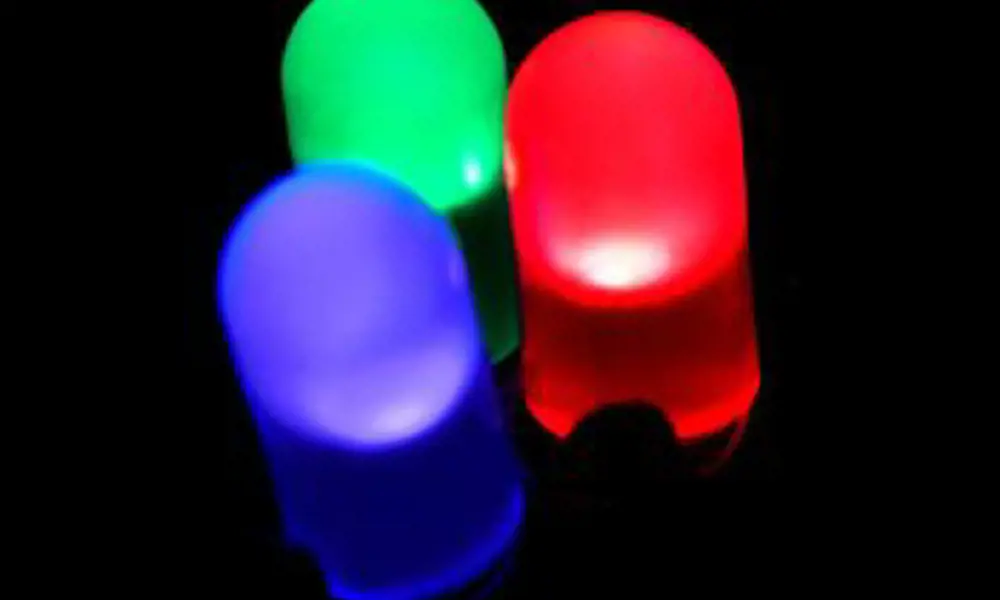
How does that work? (From a suggestion by Richard Walder)
Different colour 5mm LEDs©Piccolo Namek/Wikipedia
The history: The property of some materials to conduct electricity in only one direction was recognised over a hundred years ago but it wasn’t until the 1960s that the capacity of semi-conductors to generate light was recognised commercially. The LED exploits the luminescent effect in certain semi-conductor crystals caused by the release of energy as the current passes through the material. GEC’s invention of a red LED was quickly followed by green and yellow colours. Much more efficient than an incandescent light bulb, the LED had the potential to be a world beater.
The breakthrough: The breakthrough came in the early 1990s, when a Japanese electronic engineer, Shuji Nakamura first demonstrated a blue LED, made using hard semi-conductor silicon nitride. Creating a blue LED was hugely significant because coating the blue LED with yellow phosphor produces a brilliant blue/white light, which you often see now in car lights or head torches. Nakamura’s discovery was considered so important to human development that he was awarded the 2006 Millennium Technology Prize.
And now: The light output of LEDs has increased exponentially over the years as researchers have found ways to improve the shaping and coating of the crystal surfaces. Their efficiency is already around five times better than incandescent bulbs and still improving. The other real advantage of LEDs is their long life: 50,000 hours (about five years continuous operation) is normal. With their high efficiency and very long life LEDs are displacing thermal light sources in products everywhere.
Keep up-to-date with Ingenia for free
SubscribeOther content from Ingenia
Quick read

- Environment & sustainability
- Opinion
A young engineer’s perspective on the good, the bad and the ugly of COP27

- Environment & sustainability
- Issue 95
How do we pay for net zero technologies?
Quick read

- Transport
- Mechanical
- How I got here
Electrifying trains and STEMAZING outreach

- Civil & structural
- Environment & sustainability
- Issue 95